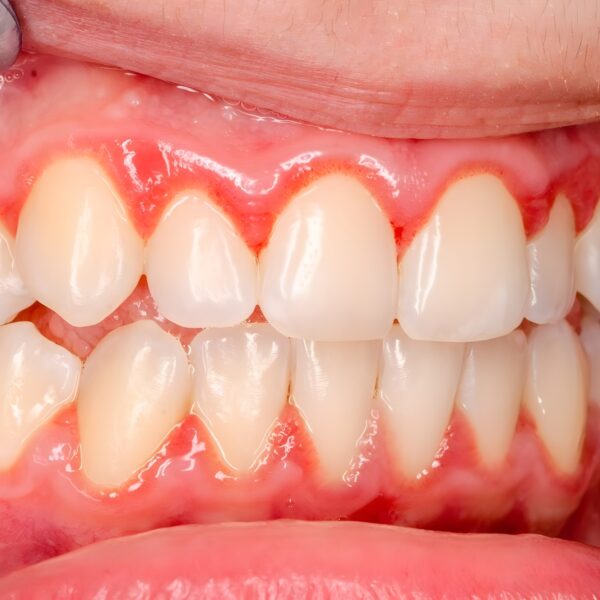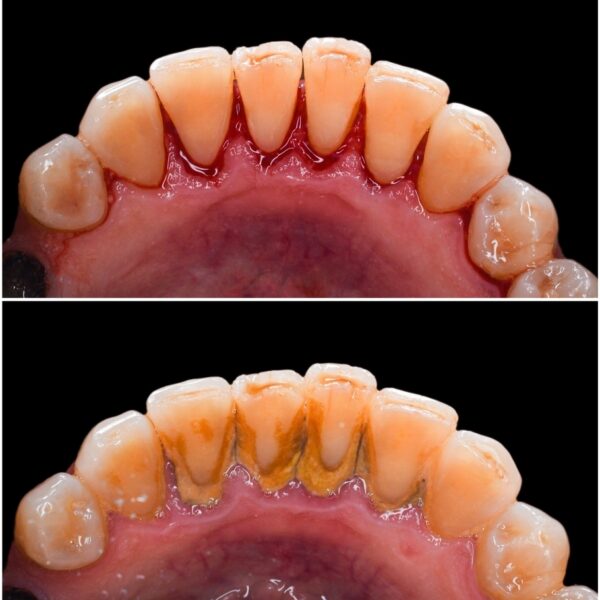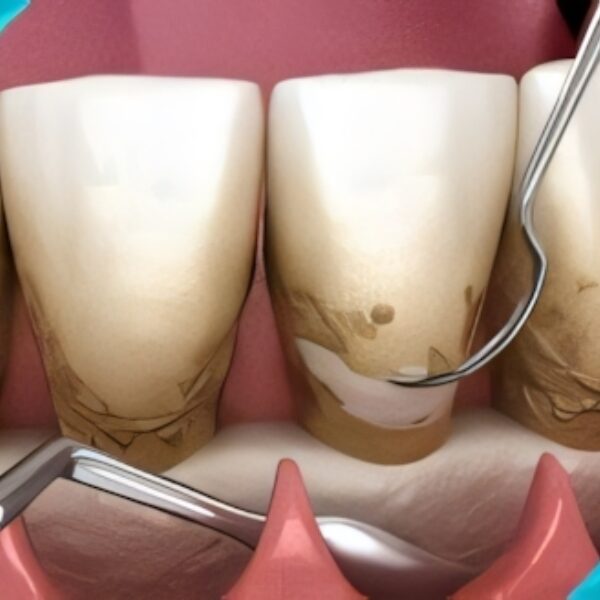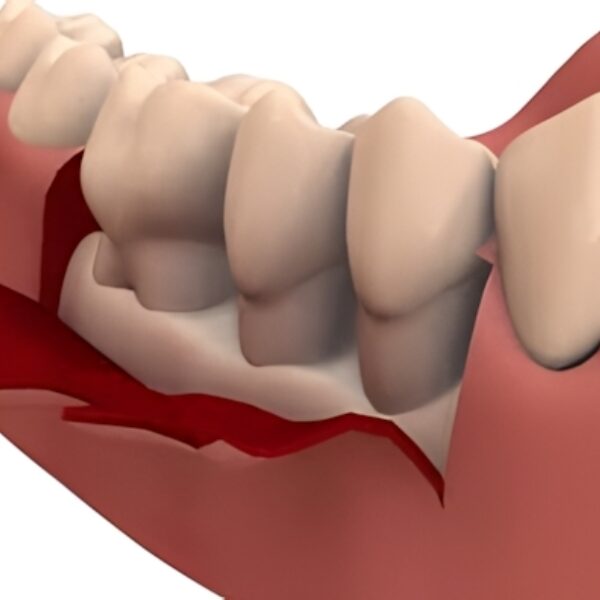Flap Treatment
What is Dental Flap Surgery?
Dental flap surgery, often referred to as flap surgery or periodontal flap surgery, is a common procedure performed by periodontists to treat periodontal disease when non-surgical treatments are not sufficient. This surgical technique is designed to clean the roots of teeth and repair bone damage caused by gum disease.
The Process of Dental Flap Surgery
During flap surgery, the periodontist makes small incisions in the gum to lift back a section of the gum tissue. This exposes the roots for more effective scaling and root planing. By folding back the gum tissue, the surgeon can directly access deeper tartar, infected tissue, and damaged bone structure. After thoroughly cleaning the area, the gum tissue is sutured back into place. In some cases, the bone around the teeth is reshaped to decrease the depth of the pockets between the teeth and gums, which helps prevent further accumulation of bacteria.
Objectives of Flap Surgery
The primary goal of dental flap surgery is to reduce or eliminate the deep pockets that form between the gums and teeth, often a result of periodontal disease. By reducing these pockets and removing infection, flap surgery helps:
- Enhance the ability to clean the teeth and gums
- Stop the progression of gum disease
- Reduce gum swelling and discomfort
- Regenerate normal function and aesthetics of the gum tissue and bone (when applicable)
Recovery and Aftercare
Recovery from flap surgery generally involves a period of healing that can vary from a few days to several weeks, depending on the extent of the surgery and the patient's overall health. Post-operative care is crucial and includes maintaining excellent oral hygiene, avoiding certain foods that might harm the surgical site, and attending follow-up visits to ensure proper healing. Patients may be prescribed medications to manage pain and prevent infections.
Who Needs Dental Flap Surgery?
Flap surgery is recommended for patients with moderate to severe periodontal disease who have not responded well to non-surgical treatments like scaling and root planing. It is also considered when the depth of the periodontal pockets makes it difficult to clean the areas thoroughly with daily oral hygiene practices alone.
By addressing the underlying issues that lead to periodontal disease, dental flap surgery plays a crucial role in the management and treatment of gum disease, thereby improving the patient’s oral health and overall quality of life.




